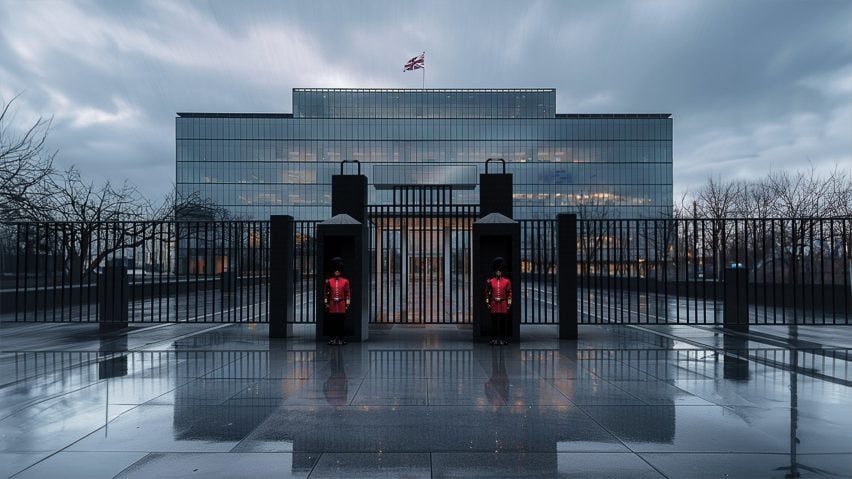
Thomas Heatherwick's Humanise campaign creates "boring alter-egos" of UK landmarks
Creative agency Uncommon Creative Studio has made "boring" versions of UK landmarks including Buckingham Palace and Edinburgh Castle for Thomas Heatherwick's Humanise campaign.
Created to demonstrate how UK landmarks would look if designed in modernist styles, the agency used artificial intelligence to reimagine the landmarks. Along with Buckingham Palace and Edinburgh Castle, Uncommon Creative Studio created alternative versions of the Tower of London, Royal Liver Building, Palace of Westminster and Hovis hill.
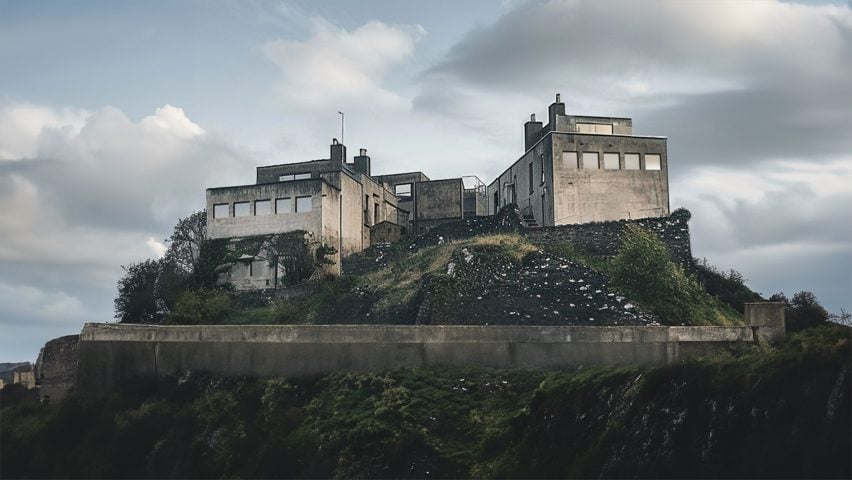
"The series of images shows six of the most loved and quintessentially British landmarks stripped of their personality to reveal their boring alter-egos," said Uncommon Creative Studio, which is a Humanise campaign founding partner.
"Using artificial intelligence, fed with 75 years of soulless development data, UnLandmarks reimagines Britain's most beloved buildings through the eyes of its most boring architectural trends."

Uncommon Creative Studio created the visuals for the Humanise campaign, which was launched last year by UK designer Heatherwick, as it believes that images are the best way of conveying the campaign's message.
"We wanted to bring public attention to bear, to create a conversation around the importance of our built environments and the power of design to do more than inspire but to improve our human health," Uncommon Creative Studio founder Nils Leonard told Dezeen.
"People are visual though, despite all of the articles, white papers and data on a subject the best way to move people is with something they can see, and then feel," he continued.
"Taking our most sacred spaces and making them as boring as the rest of our environments is the start of the conversation, the way to bring everyone to the Humanise cause."
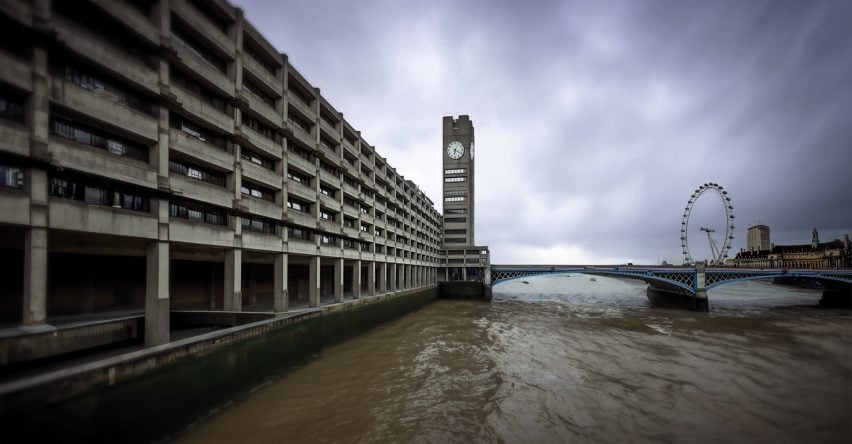
Uncommon Creative Studio aimed to select buildings from across the country that would prompt an emotional response.
"We wanted to find sacred buildings – immortal and untouchable," explained Leonard. "Then viscerally mutate them with 75 years of bland design."
"The soul had to leave the building," he continued. "The buildings we chose are the ones that define our country in the minds of every citizen and visitor – making this point with the icons of our nation felt the only way to get people to look again."
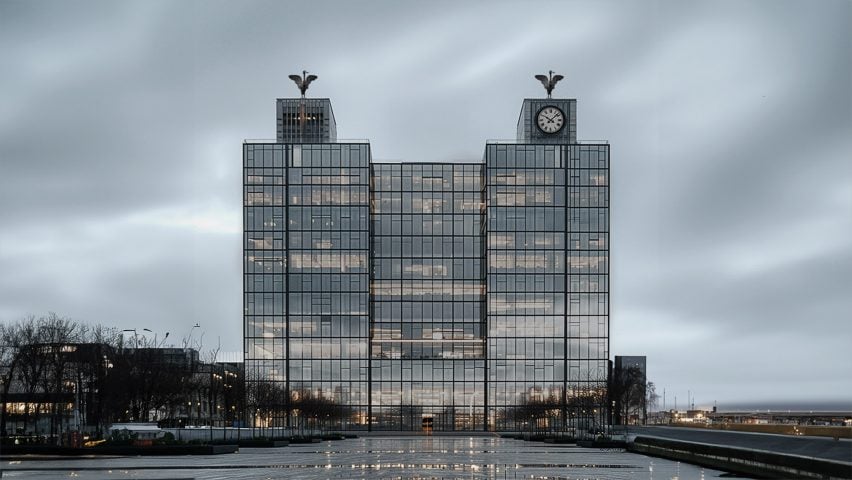
The neo-classical Buckingham Palace, the main facade of which was designed by architect John Nash, was transformed into an international-style block, while the Charles Barry-designed, gothic revival Palace of Westminster was given a brutalist makeover.
The Tower of London and Edinburgh Castle were given modernist makeovers, while the Royal Liver Building in Liverpool was reimagined with glass and steel facades.
Finally, the studio transformed the housing on Gold Hill in Dorset, which is best known as the location for Hovis bread adverts.
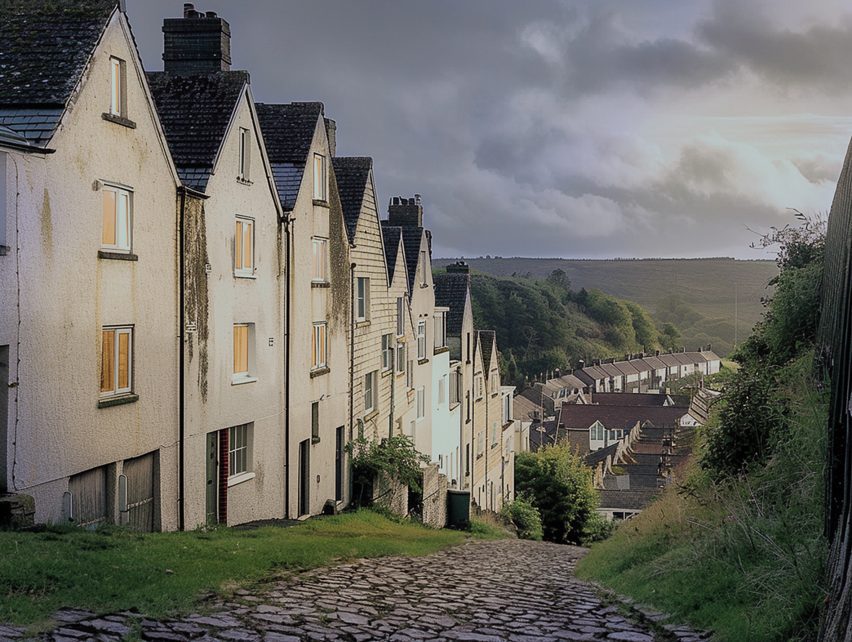
The visualisations were made with a combination of AI graphic tools including Stable Diffusion, ComfyUI, MidJourney and Photoshop Generative Fill, with 200 variations created of each landmark.
"Taking cues from 75 years of soulless building data, we created a database of materials such as clapboard, stone cladding, concrete, glass and steel," explained Leonard.
"The fittings, trends and familiar design tricks," he continued. "These were then paired with architectural styles like contemporary international, volume house building and communist monumentalism – this combination built the foundation for our AI prompts."
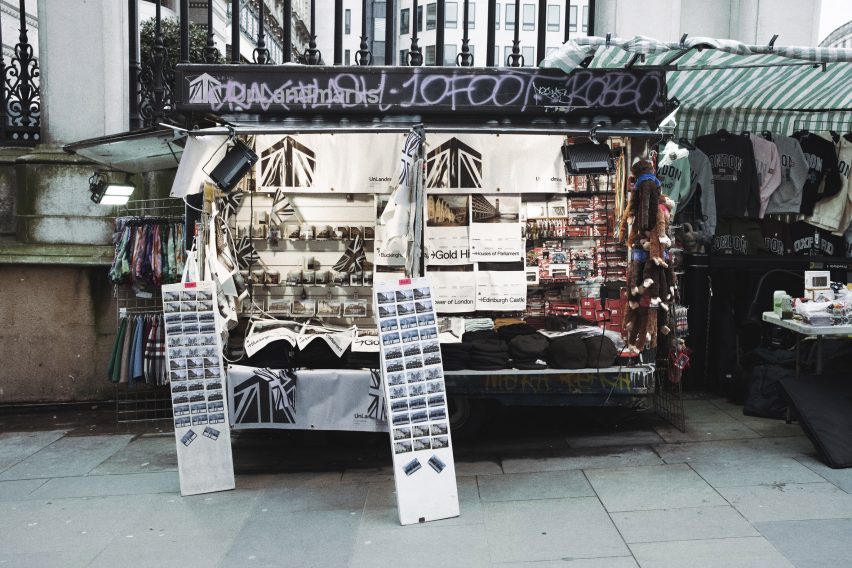
To draw attention to the "boring" landmarks, Uncommon Creative Studio created a range of souvenirs featuring the visualisations, which they placed at stalls outside London landmarks.
"Initially people reacted with disgust, which is great, and shock, fascination," said Leonard. "A bit of outrage that we'd tampered with iconic, beloved landmarks."
"Then a worry these were real plans for redevelopment," he continued. "Most people got what we were trying to do."
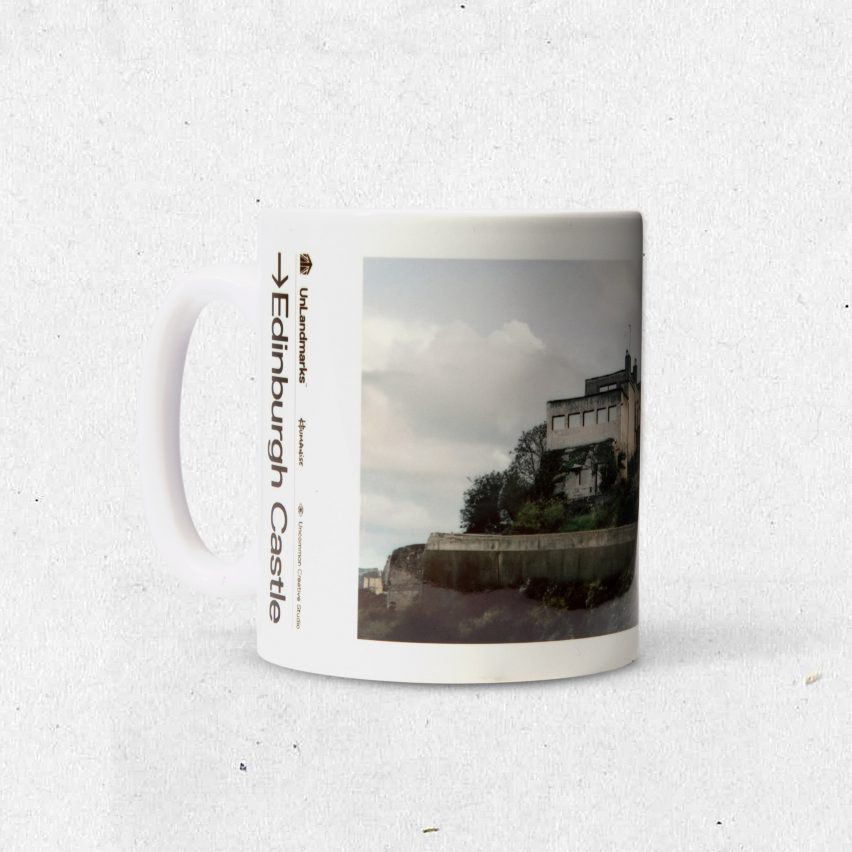
Overall, Leonard hopes that the visuals can serve as a "dystopian warning to the future".
"We hope people realise what we're taking for granted – that beautiful buildings are not just a luxury, but something that's at the core of who we are as a nation," he said.
"The UnLandmarks project spotlights a century-old global issue: how most new buildings have become increasingly soulless, worsening our health and contributing to the climate crisis."
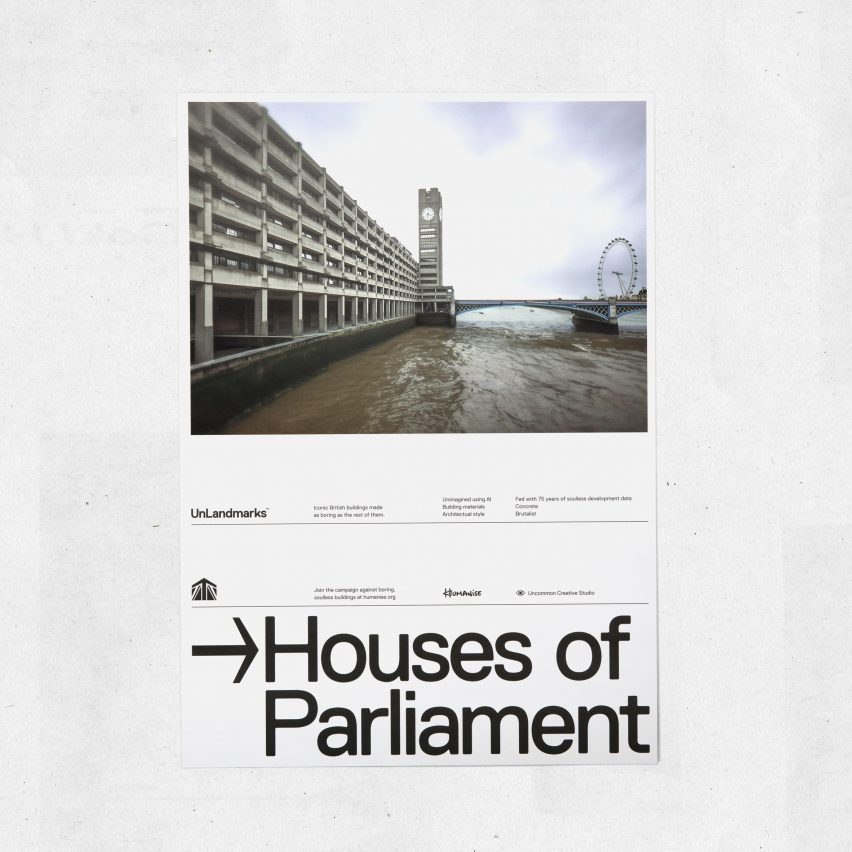
The visuals form part of the wider Humanise campaign, which was launched last year alongside a book named Humanise written by Heatherwick and a Radio 4 series led by the designer in which he takes aim at boring buildings.
In an interview with Dezeen, the director of the team leading the initiative, Matt Bell, explained what it aims to achieve, while Heatherwick selected 10 "humanised" buildings to explain its ideals.